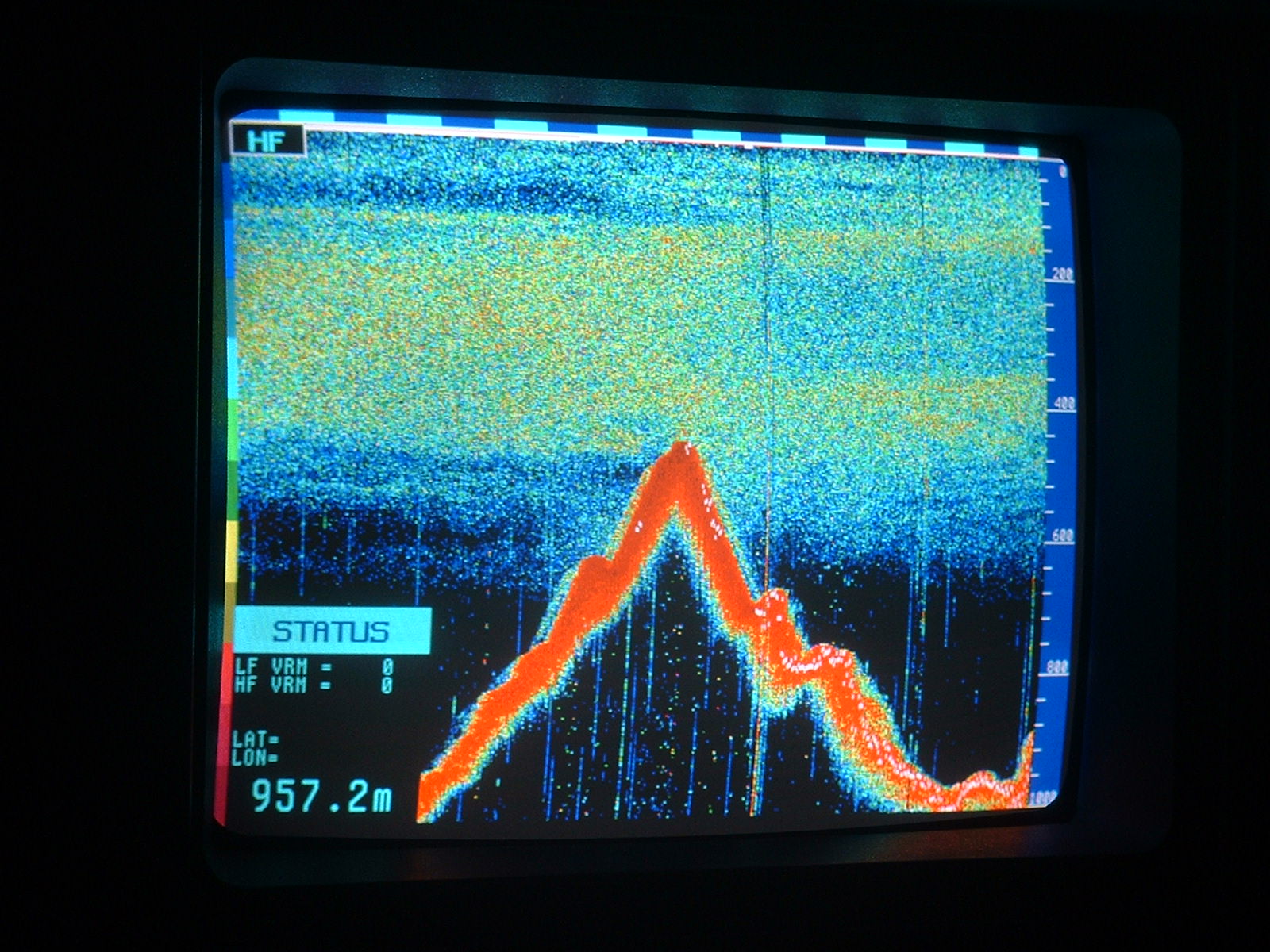Southwest Indian Seamounts MPA
"Climate Refuge"
South of Port Elizabeth, Eastern Cape
Unique cold water coral gardens that tower 50 m above the seabed.
This 7500 km2 MPA was proclaimed in 2019 and is separated into two areas to allow petroleum activities between them. The shallower part includes mostly untrawled rocky shelf edge with several kinds of habitat forming cold water corals including coral gardens at 200 to 300 m and reef building taxa that build towers of coral standing more than 50 m off the seabed at depths of 800 to 1200 m. These corals are vulnerable to changes in ocean temperature, oxygen and acidity and may hold clues to the history of the South African climate. Protecting these corals enhances resilience to climate change. The deeper part of the MPA protects slope and abyssal plain habitats in the 3800 to 5200 m depth range making it the deepest MPA in the Phakisa network. The MPA protects the only Indian Ocean seamount in the network. Spatial efficiency is a key element in the design of MPAs and this is exemplified in this MPA which covers a broad range of habitats, depths and oceanographic conditions (i.e. current strength, oxygen, sea temperatures). The wide range of depths and temperatures that are protected enables animals to respond to climate change. Fossilised whalebones from extinct species have been recovered from the terraced depths beyond 900 m. The MPA protects many threatened species such as mako sharks, which use this area as a nursery. The MPA protects productive foraging areas for seabirds, including the critically endangered Amsterdam Albatross, the endangered Atlantic Yellow-nosed Albatross, the near threatened Black-browed Albatross, the endangered Indian Yellow-nosed Albatross, the endangered Sooty Albatross and the critically endangered Tristan Albatross.
BENEFITS
Protects A wide range OF ecosystems from 200 M To 2000 m and enhances resilience to climate change
Protects THREE DIFFERENT fragile coral habitats
Provides First protection of an Indian Ocean seamount AND DEEP ABYSSal plains
protects vital nursery area for young Mako sharks













